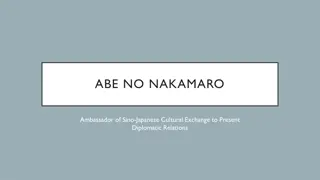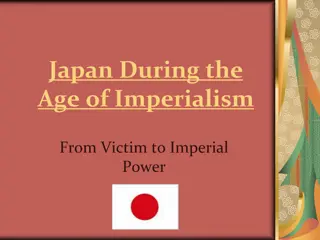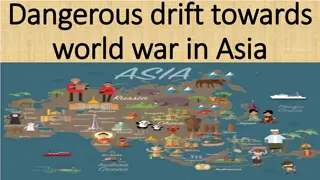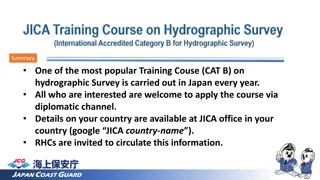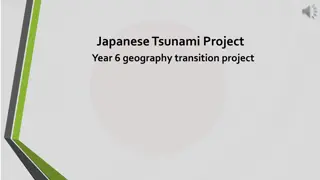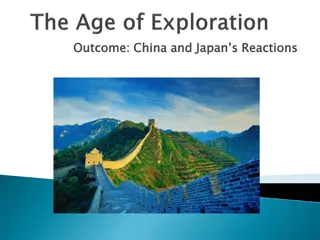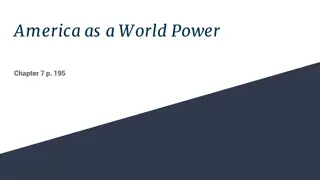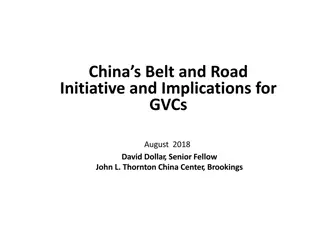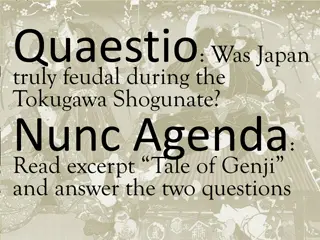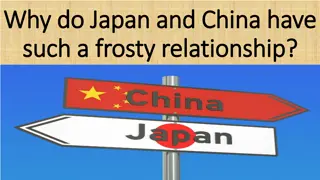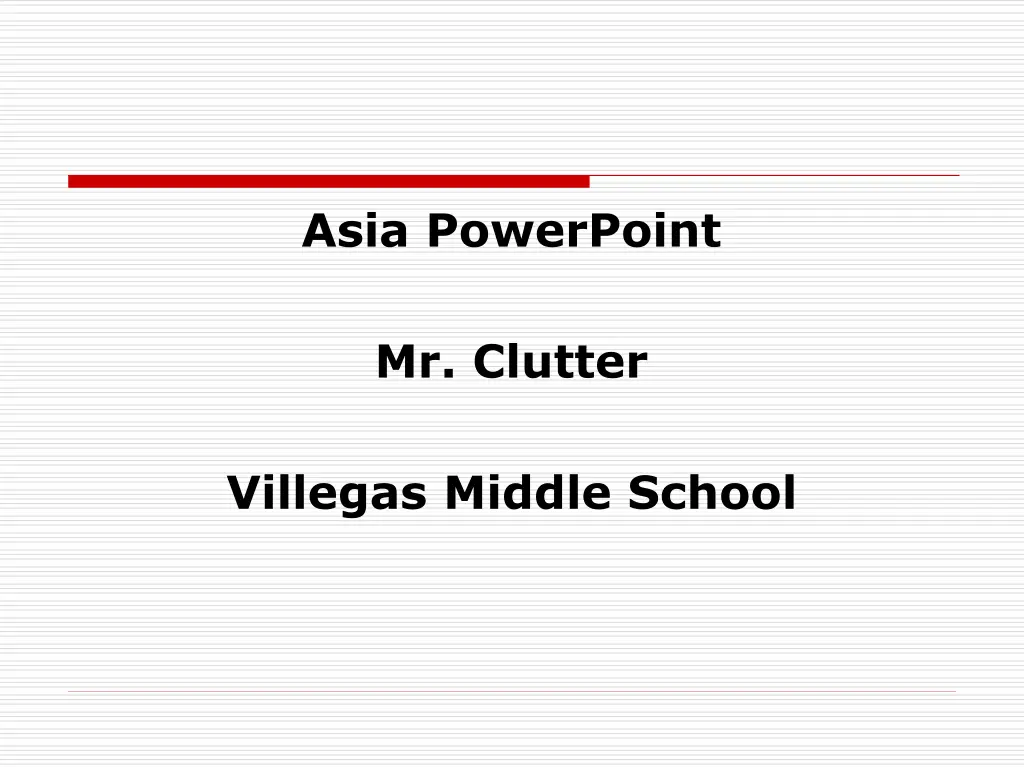
Genghis Khan and the Ottoman & Mughal Empires in Asia
Explore the formidable legacy of Genghis Khan, the rise of the Ottoman Empire, and the grandeur of the Mughal Empire in Asia. Discover key facts, conquests, and unique features of these historical powers that shaped the region's history from the 13th to the 17th centuries.
Download Presentation

Please find below an Image/Link to download the presentation.
The content on the website is provided AS IS for your information and personal use only. It may not be sold, licensed, or shared on other websites without obtaining consent from the author. If you encounter any issues during the download, it is possible that the publisher has removed the file from their server.
You are allowed to download the files provided on this website for personal or commercial use, subject to the condition that they are used lawfully. All files are the property of their respective owners.
The content on the website is provided AS IS for your information and personal use only. It may not be sold, licensed, or shared on other websites without obtaining consent from the author.
E N D
Presentation Transcript
Asia PowerPoint Mr. Clutter Villegas Middle School
Three Empires Mongols 1260-1294 Ottoman Empire 1400 s & 1500 s Mughal Empire 1556-1605
Genghis Khan Facts Milestones 1187? Assumed the title of Genghis Khan (Khan-king-president} 1206 Was proclaimed ruler of all Mongol people by an assembly of Mongol princes following the death of Jamuka 1221 Defeated Jalal al-Din on the banks of the Indus River, expanding the Mongol Empire to the greatest extent reached within his lifetime 1226 Defeated returning Jin forces on the Huang He (Yellow River), but died the following year while planning a continued offensive
Genghis Khan Continued Invented the catapults and started a postal system. Horses were considered very valuable Legend holds that Genghis Khan was born with a clot of blood in his hand, indicating his destiny to become a conqueror. After defeating the Tatars, Genghis Khan ordered the slaughter of all people taller than a cart handle, ensuring the loyalty of the next generation. Grandson: Kablai Khan
Ottoman Quick Facts The Ottoman was an imperial power, centered around the borders of the Mediterranean Sea, that existed from 1299 to 1922. In the 16thcentury, it included the Middle East, parts of North Africa, and much of south- eastern Europe. It was established by a tribe from TURKEY in western Anatola and was ruled by the Osmanl dynasty, the ruler was SULTAN/RULER. The Empire was founded by Osman I, in 1453, after the Ottomans captured Constantinople (modern stanbul) (the last remnant of the Byzantine Empire), it became the Ottomans' third capital.
Ottoman Quick Facts Part II In the 16thand 17thcenturies, the Ottoman Empire was among the world's most powerful political entities, and the countries of Europe felt threatened Janissary lean, mean fighting machine - youths Suleiman longest reigning sultan from 1520 1566. Known as Suleiman the Magnificent or the Lawgiver.
Mughal Empire Mughal means Mongol in Arabic The Mughal Empire, an empire that at its greatest territorial extent ruled parts of Afghanistan, Balochistan and most of the Indian Subcontinent between 1526 and 1857. The empire was founded by the Mongol leader Babur in 1526, when he defeated Ibrahim Lodi, the last of the Delhi Sultans. He found spices, good soil, friendly people. Leader = Shah Shah Jahan built the Taj Mahal for his wife Mumtatz who died giving birth to their 14th child.
Mughal Empire Continued The religion of Mughals was Islam. In 1707, the empire started a slow and steady decline in actual power, although it maintained all the trappings of power in the Indian subcontinent for another 150 years. In 1739 it was defeated by an army from Persia led by Nadir Shah. In 1756 an army of Ahmad Shah looted Delhi again. Akbar, grandson of Babur and ruled at age 13.
Taj Mahal Tomb built by Shah Jahan 20 years to build and 20,000 men Bankrupted treasury and empire downfall
China Emerging Empire Flowering of Chinese Culture China and the Larger World
China Confucianism: humanity, learning, family, peace and justice - Confucious Buddhism: enlightenment through right conduct, wisdom and mediation releases one from desires and suffering Daoism: simple honest life Founded by Laozi
Diamond Sutra The oldest printed book in the world about Chinese Buddhism. It folds out like an accordion.
Invention: Printing Wood block printing carved characters which could be stamped speeding up the process of printing
Invention: Gun powder Gun powder used for fireworks
Invention: Cash-Coin Square holes and strung together 1000 at a time on a red thread
Junk o 500 men in the flat bottom 3 times larger than anything in Europe Real Junk in Vietnam
Great Wall 4,000 miles long Worlds longest cemetery Visible from the moon
Japan Land of the Rising Sun A Developing National Culture Power of the Shoguns Japan: Unified Yet Isolated
Japan Golden Pavilion Home of the Japanese Emperor
Toyotomi Hideyoshi Most reverend hero because he rose to leadership from a peasant beginning Equivalent to Abe Lincoln
Shinto Below is a Shinto shrine and it reminds people that all things in the natural world are filled with divine spirits {kami}
Mt. Fuji Extinct volcano Japans highest mountain standing at 12,388 feet or 2.3 miles above sea level.
Lady Murasaki Member of the elite Fujiwara clan. She wrote the world s first novel Tale of Genji. It is about the loves and life of a prince. Women were not allowed to learn to read/write so she learned by being at her brother s side. What we know about Japanese courting life has come from her writing.
Hiragana Each symbol stands for a syllable Contrast to Chinese characters = word
Zen Sect of Buddhism. Personal enlightenment , rigid physical and spiritual discipline. Many samurai {Japanese warrior who most heroic deed was to die in battle} were Zen. Zen garden:
Haiku 17 syllables, 3 lines {5,7,5} done in calligraphy, non rhyming Nature & human emotions are common. The flap of a bat, drip drip of monsoon waters. Ancient image stares.
This powerpoint was kindly donated to www.worldofteaching.com http://www.worldofteaching.com is home to over a thousand powerpoints submitted by teachers. This is a completely free site and requires no registration. Please visit and I hope it will help in your teaching.

